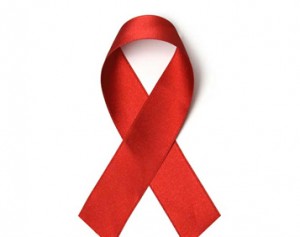New WHO guidelines recommend early HIV treatment to prolong lives, prevent 3.5 million transmissions
 The World Health Organisation (WHO) has issued new guidelines on HIV treatment that could prolong lives and reduce transmission of HIV to others.
The World Health Organisation (WHO) has issued new guidelines on HIV treatment that could prolong lives and reduce transmission of HIV to others.
The WHO’s “Consolidated guidelines on the use of antiretroviral drugs for treating and preventing HIV infection”, is issued at a time when new data reveal a total of 9.7 million people were taking these drugs at the end of 2012.
The WHO issued the guidelines today June 30, 2013 in Geneva. According to the WHO, recent evidence indicates that earlier antiretroviral (ART) therapy will help people with HIV to live longer, healthier lives, and “substantially reduce the risk of transmitting HIV to others.”
The UN health agency believes that the move when adopted by countries around the world could “avert three million deaths and prevent 3.5 million more new HIV infections between now and 2025.”
The WHO making reference to its previous recommendation, set in 2010, which advises countries to offer treatment at 350 CD4 cells/mm³ or less, in the new recommendations, urges countries to initiate treatment in adults living with HIV when their CD4 cell count falls to 500 cells/mm³ or less – when their immune systems are still strong.
According to the WHO, 90% of all countries have adopted the 2010 recommendation. “A few, such as Algeria, Argentina and Brazil, are already offering treatment at 500 cells/mm3,” it added.
The WHO says it has based its recommendation on evidence that treating people with HIV earlier, with safe, affordable, and easier-to-manage medicines can both keep them healthy and lower the amount of virus in the blood, which reduces the risk of passing it to someone else.
“If countries can integrate these changes within their national HIV policies, and back them up with the necessary resources, they will see significant health benefits at the public health and individual level,” it notes.
Another new recommendation is to offer all adults starting to take ART the same daily single fixed-dose combination pill.
“This combination is easier to take and safer than alternative combinations previously recommended and can be used in adults, pregnant women, adolescents and older children,” the WHO says.
At the end of 2011, 34 million people were living with HIV, estimates by the WHO and UNAIDS show. That same year, some 2.5 million people became newly infected, and 1.7 million died of AIDS-related causes, including 230 000 children. More than two-thirds of new HIV infections are in sub-Saharan Africa, the two UN agencies say.
By Emmanuel K. Dogbevi
